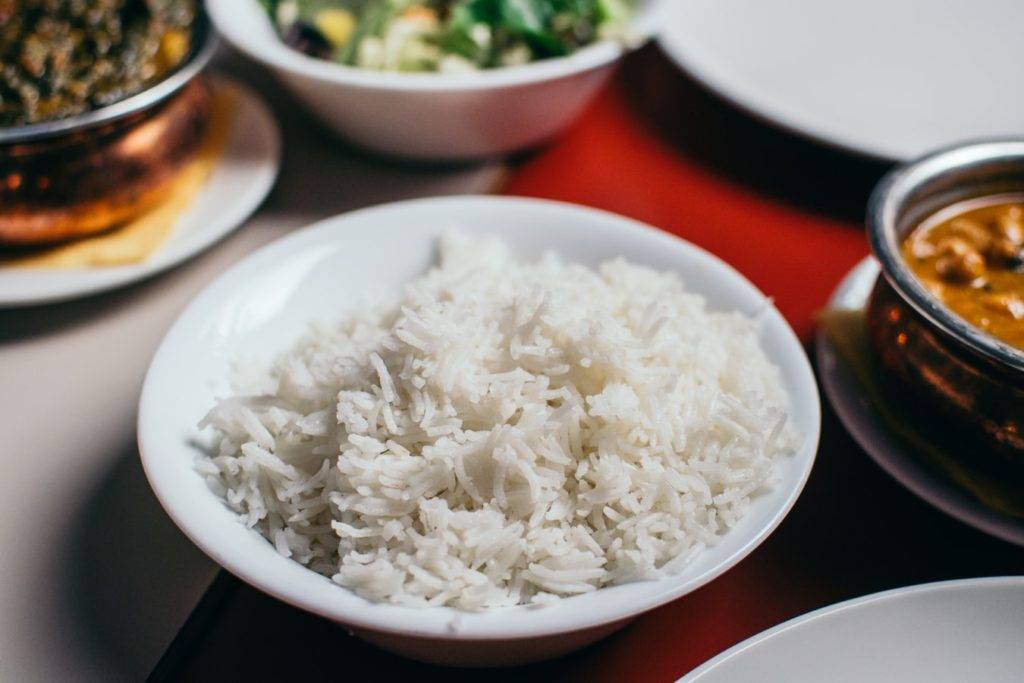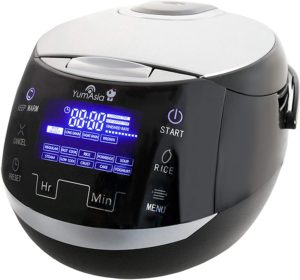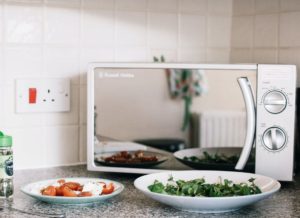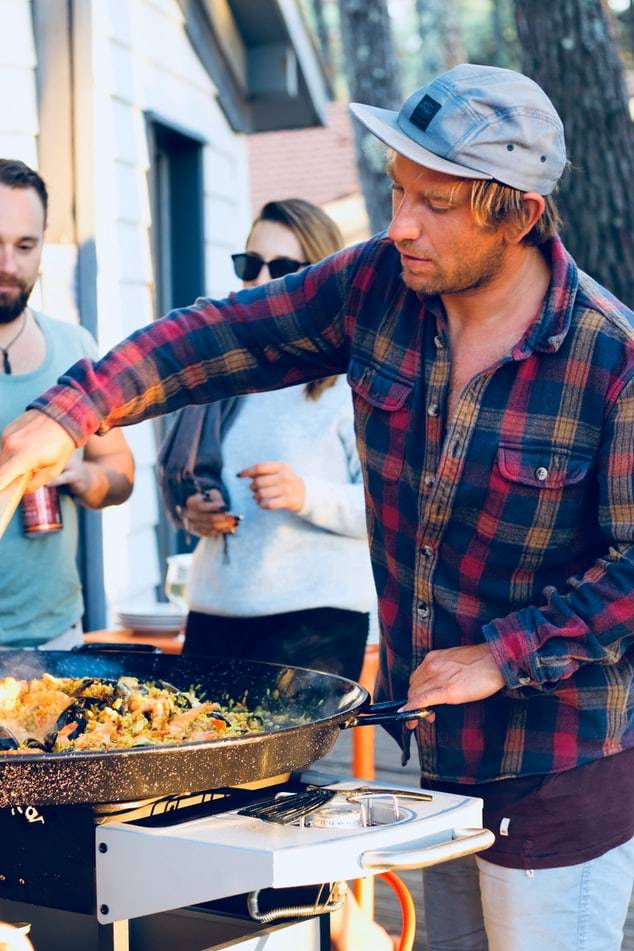Did you cook too much rice and now have plenty ready to reheat? It’s an easy mistake to make but let’s find out if it’s safe to reheat rice.
The internet is full of controversal answers to this question, but the truth is acording to the UK NHS reheating rice can put you at risk serious food poisoning. It is vital to understand why reheating rice can be dangerous.
Why Can Rice Be Dangerous?
Typically reheated rice is known to often cause food poisoning, but why is that? One reason is many people are unaware of the risk rice has and therefore do not take precautionary methods to minimize the risk. Reheated Rice has a high risk as it contains Bacillus cereus, a naturally occurring bacteria spore found upon rice as well as other foods. These spores are very resistant to cooking temperatures and why normal reheating of rice is not effective in killing the spores. The real danger is when the spores germinate and begin to grow and multiply which happens when cooked rice is left at room temperature. The spores are known to be at dangerous levels between 5 and 55 degrees Celsius. When the spores manage to grow they produce toxins which can cause food poisoning when consumed.
Storing Cooked Rice Effective
Storing rice really affects the chance of getting ill or not. After you have cooked rice it is ideal to consume it within one hour and with any leftovers to cool it down as fast as possible and then keep it below 4 degrees Celsius in the fridge. The longer rice is kept at room temperature the more chance the spores have to grow and produce the harmful toxins.
Any time rice is taken out of the fridge to be reheated the Bacillus cereus spores have a chance to grow and produce toxins hence why limiting the times rice is reheated is a must to minimize the risk of getting food poisoning. You should not keep rice that has already been cooked in the fridge for longer than approx 24 hours.
How Many Times Should I Reheat Rice?
Ideally you should never reheat rice but at times we understand there will be leftovers that you do not want to waste. If you have safely cooled the rice quickly and stored it in the fridge you may decide to take the risk of rehating the rice, but please never reheat rice more than once. Even reheating rice just once offers a risk of food poisoning but rehating muliple times offers an even higher risk of getting seriously sick. It’s ultimately about how great a risk of food poisoning you are willing to take.
How to Reheat Rice so that it is Safe?
In the event you want to go ahead and reheat some leftover rice ensure you are going to do it appropriately. Important to note is that reheating rice always has a risk of making you ill and won’t be 100% safe, although this risk can be lowered if the rice was stored correctly in the refrigerator.
First thing is to ensure when you take the rice out of the fridge that you begin to cook it straight away. Secondly before you consume the rice ensure the rice is steaming hot all the way through, stir the rice half way through the reheating to level out the temperature through the rice and prevent some of the rice being not hot enough.
How Can Pre-Cooked Rice Products be Safe?
It’s hard to understand why these pre-cooked rice products are safe for consumption especially with their long shelf life. So why is this? Firstly the products are cooked in specifically designed establishments that offer much more than your kitchen can. As stated earlier the Bacillus cereus spores are really resistant to temperatures when reheating rice in your normal microwave or stove. When these pre-cooked products are created they are present to far greater temperatures that actually kill any trace of bacteria before it is cooked.
The rice goes through an assembly line:
Step 1 – The Rice suffers a blast of severely hot steam that kills of the bacteria in the uncooked rice grains. Steam here does not cook the rice.
Step 2 – All rice is then cooked just as you would normally do.
Step 3 –Now that the rice is cooked and does not have any bacteria present it enters a completely sterile room which permits people from entering to ensure no contaminants are introduced to the rice. In this room the rice is then packaged and sealed, however there is also a second precaution. Nitrogen gas is placed into the packaged rice to make it hard for any bacteria to grow. Of course the bacteria should have all been killed in the steam process but just in case the nitrogen ensures the bacteria can’t just spring up.
Even before anyone can enter the production rooms a complete decontamination process is carried out so that any fibres or particles on the individual are not carried into the room. All these steps prevent bacteria from being present in the rice. Always read the guidelines on the back of the packet! The manufacturer will know best about their product.
Tips on Reheating and Storing Cooked Rice
– Initial cooking of rice should not be left out for longer than one hour as well as being consumed within one hour.
– Fast cooling of rice can reduce the time rice is at dangerous temperatures.
– Separating large portions of rice into smaller portions can help cool the rice faster.
– Remove the rice from the cooked pan into a cooler container before placing in the fridge.
– Rinse the rice in a colander with cold water to cool the rice (this may wash some flavours off the rice).
– Keep rice above 60 degrees Celsius if you are planning on eating the rice soon otherwise cool it down fast and store it in the fridge at below 4 degrees Celsius.






